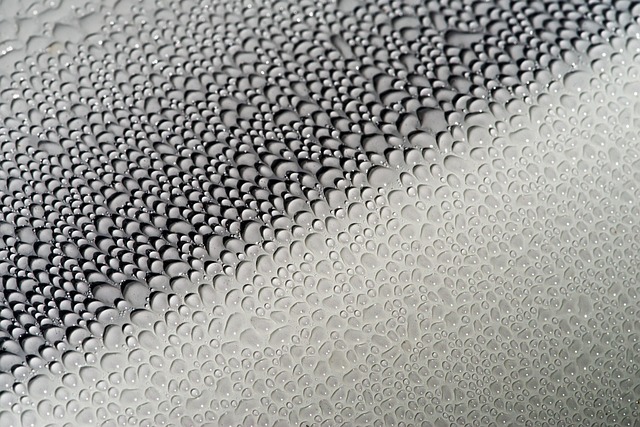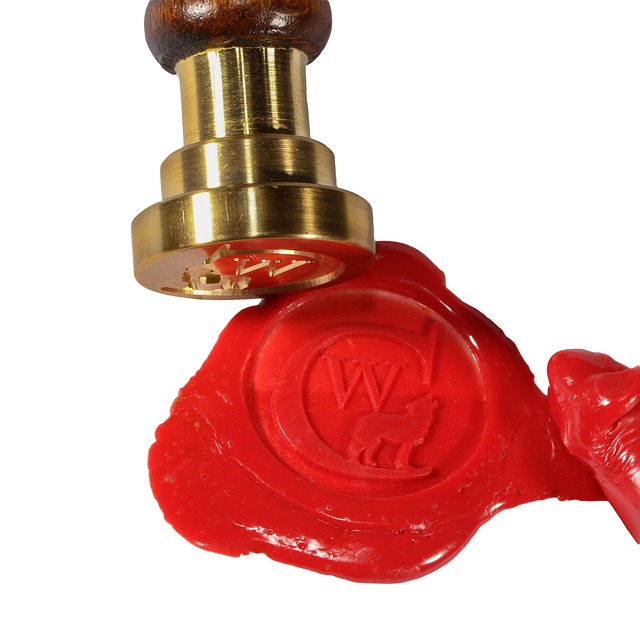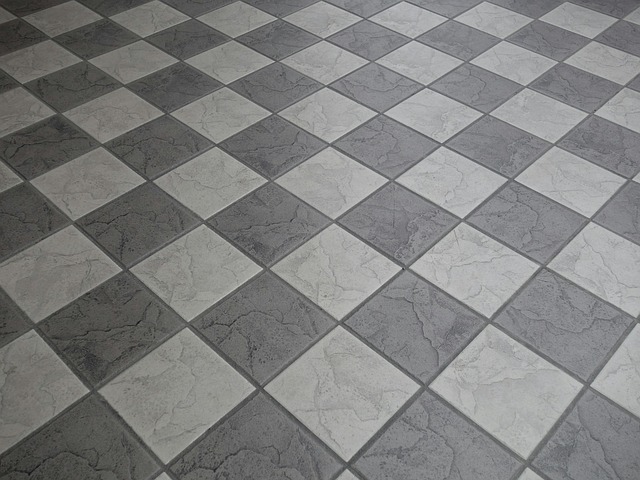Tile sealing is a crucial process for maintaining tiled surfaces' beauty and longevity. Applying protective liquid sealers creates a barrier against moisture, dirt, and stains, with finishes ranging from high-gloss to matte. Regular maintenance (every 12-24 months) preserves tile integrity and space aesthetics. Proper sealing protects against moisture, mould, mildew, and harsh chemicals, extending tile lifespan. Choosing the right sealant for ceramic, porcelain, or natural stone tiles is essential; understanding application methods and environmental factors ensures optimal results. Avoiding common mistakes like using incorrect sealers and neglecting regular reapplication maintains protection and prevents damage. Regular cleaning and re-sealing every few years preserve effectiveness and extend tiled surfaces' lifespan.
Protecting your tiles with sealing is a crucial step in maintaining a beautiful and durable flooring surface. This comprehensive guide delves into the world of tile sealing, offering a basic understanding for beginners. From the benefits of sealing to choosing the right product for your tile type, we provide a step-by-step application process and essential tips to avoid common mistakes. Learn how proper maintenance ensures the longevity of your sealed tiles, keeping them looking their best for years to come. Discover the power of tile sealing today!
Understanding Tile Sealing: A Basic Guide

Tile sealing is a crucial step in maintaining the beauty and longevity of your tiled surfaces. It involves applying a protective layer, typically a liquid sealer, to the tile’s surface. This barrier creates a shield against moisture, dirt, and stains, ensuring that your tiles remain in top condition for years to come.
Choosing the right sealer is essential, as different types offer varying levels of protection and aesthetics. Some sealers provide high-gloss finishes, enhancing the visual appeal of your tiles, while others go for a matte look. Understanding your tile type and the level of protection needed will guide you in selecting the most suitable sealer. Regular sealing maintenance, usually every 12 to 24 months, is key to preserving the tile’s integrity and the overall aesthetic of your space.
Benefits of Protecting Your Tiles with Sealing

Protecting your tiles with sealing offers numerous benefits that go beyond aesthetics. Firstly, it creates a barrier against moisture, preventing water damage and the growth of mould and mildew. This is especially important in areas prone to high humidity or leaks. Secondly, tile sealing enhances durability by shielding the surface from stains, scratches, and other forms of wear and tear. Sealing acts as a protective coat, making tiles easier to clean and maintaining their glossy finish over time.
Moreover, sealed tiles are more resistant to dirt buildup, reducing the need for frequent cleaning. This not only saves time but also preserves the tile’s quality by preventing harsh chemicals from damaging the surface. In the long run, tile sealing can significantly extend the lifespan of your flooring, making it a cost-effective and practical solution for maintaining a beautiful and functional space.
Choosing the Right Sealant for Different Tile Types

When it comes to tile protection, selecting the appropriate sealant is key, as different tile types require specific care. Ceramic and porcelain tiles, for instance, benefit from water-based sealants that offer good durability and flexibility. These sealants are easy to apply and suitable for various surfaces. On the other hand, natural stone tiles, like marble or granite, demand more specialized products designed to address their unique characteristics. Oil-based sealants are often recommended here, as they enhance the stone’s natural sheen while providing robust protection against stains and moisture.
Each tile type has its own set of properties, from porosity to texture, which can impact the sealant’s performance. For example, larger format tiles may need a thicker application of sealant to fill seams effectively. Smaller, more intricate pieces might require a faster-drying formula to prevent disruptions in busy areas. Understanding these variations ensures optimal tile sealing, preserving the beauty and longevity of your tiled surfaces.
Application Process: Step-by-Step Tile Sealing

Application Process: Step-by-Step Tile Sealing
Tile sealing is a straightforward process that involves several key steps to ensure optimal protection for your tiles. Begin by cleaning the tile surface thoroughly, removing any dirt or debris using a suitable cleaner and a soft brush or mop. This step is crucial as it prepares the tiles to receive the sealant effectively. Once the tiles are dry, apply a thin layer of tile sealant using a notched trowel or sponge applicator. Spread the sealant evenly across the tile surface, ensuring complete coverage without any gaps or overlaps.
After applying the sealant, allow it to dry according to the manufacturer’s instructions. Most sealants take around 24 hours to cure completely. During this time, avoid walking on the sealed tiles or exposing them to direct sunlight or excessive moisture. Once cured, inspect the tiles for any visible imperfections or areas that may need touch-ups. Regular maintenance, including reapplication of sealant every 1-2 years, will help preserve the protective layer and maintain the tile’s appearance.
Common Mistakes to Avoid During Tile Sealing

When it comes to tile sealing, there are several common mistakes that homeowners and professionals alike should be aware of to ensure optimal protection. One of the most frequent errors is assuming that sealing is a one-time job. Tile sealing should be treated as an ongoing process, especially in high-moisture areas like bathrooms and kitchens. Overlooking regular reapplication can lead to the eventual breakdown of the seal, compromising the tile’s protection against water, stains, and dirt.
Another mistake is choosing the wrong type of sealer for the specific tiles and environment. Different tiles, whether ceramic, porcelain, or natural stone, have unique characteristics that require specialized sealers. Additionally, factors like foot traffic, exposure to direct sunlight, and cleaning routines should be considered when selecting a sealer. Using an incorrect product may result in poor adhesion, premature wear, or even damage to the tile’s surface.
Maintenance and Longevity: Keeping Seals Effective

Regular maintenance is key to keeping tile seals effective and ensuring the longevity of your tiled surfaces. Unlike other flooring materials, tiles are exposed to constant wear and tear due to foot traffic, moisture, and varying temperatures, making proper care even more crucial. A simple yet effective strategy is to regularly clean the tiles using mild detergents and soft brushes or mops. Avoid harsh chemicals that can strip away the protective seal. Additionally, sealing your tiles every few years with a high-quality product will provide an extra layer of defense against stains and water damage.
Proper sealing not only enhances the aesthetics of your tiled areas but also safeguards them from common issues like discoloration, peeling, and warping. By investing time in routine maintenance and re-sealing when necessary, you can extend the life of your tiles, preserving their initial beauty and ensuring they remain a standout feature in any space for years to come.
